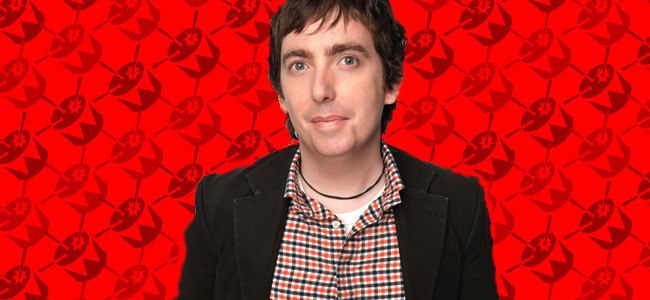Triple J have hit back at accusations that they are to blame for a homogenisation of Australian music, refuting claims that the station has a bias towards a particular ‘Triple J sound’ that emerging bands have been catering towards in order to chase airplay and exposure.
“We are never looking for one particular sound,” says Triple J Station Manager Chris Scaddan. “We’d much prefer bands to go out and find their own style,” Scaddan told The Music in an interview yesterday, expanding on comments made in a Fairfax article published over the weekend that investigated the influence the ABC youth broadcaster had on new Australian music.
The piece interviewed a number of musicians – most who who wished to remained anonymous – that admitted to altering their songwriting and sound to suit the station’s perceived bias towards particular styles of music. Other music-makers spoke out about a perceived fear of Triple J’s influence among the industry, worrying that it was above criticism.
“The thought that we turn away artists if they criticise us isn’t true,” commented Scaddan in the original piece; “people can get frustrated with Triple J if we’re not adding their acts to high rotation or playing their songs and that goes with the territory.”
The Triple J figurehead has since expanded on his original statement, emphasising that Triple J would never expect bands to pander to a single, homogenous style in order to receive recognition from the station.
“There are so many exciting new artists out there at the moment, doing their own thing and making something quite unique, it’s really exciting. We’re never looking for one particular sound, we’re looking for songs that stand out and resonate with our audience. Basically we’re looking for good music, as shown by the range of artists and styles currently played on Triple J.” “We are never looking for one particular sound… We’d much prefer bands to go out and find their own style.”
The station’s key 18-24 demographic means, “we play a wide variety of genres that work for young people, but we avoid sounds that are overtly commercial – traditional pop and R&B, soft rock – that sort of thing,” adds Scaddan. “Occasionally acts that we champion early get picked up by the mainstream as well, but we always judge it on the strength of any song.”
Love Music?
Get your daily dose of metal, rock, indie, pop, and everything else in between.
An obvious example would be Flume and Tame Impala, both bands who got their starts with Triple J exposure years before they scooped the recent ARIA Awards; then there’s the “Flume effect [and] Queensland garage scene” style popular with Triple J Unearthed 400-600 weekly uploads, as Unearthed Music Director Dave Ruby Howe pointed out.
Despite the criticisms levelled at Triple J’s ‘make or break’ status as it rises in the ratings nationally and expands its brand with the acquisition of ABC’s Dig Music last October, Scaddan is confident that the flagship station’s average audience of 1.8 million is being serviced with a healthy Australian alternative to the commercial radio stations.
“We obviously play a lot more Australian music and a much wider range of genres,” he says, pointing out that Triple J had 47% local content in 2013 (nearly double the 25% Government enforced quota). “Plus we’re always trying to find new sounds to bring to the audience. Commercial radio has different audiences and different imperatives. It’s hard to compare the two.”
Additionally, Scaddan points out that bands shouldn’t focus all their energies on chasing airplay. Though he admits that “radio is still the quickest way t reach a mass audience,” Scaddan emphasises that “there are so many ways to get your music out to people.” (Think of social media, streaming services, touring, crowdfunding, viral videos, music festival slots, and other initiatives – to name a few.)
“Every artist looking for success should be getting their music onto as many platforms as they can. Both digitally and by playing live wherever you can,” he says. “If you believe in what you’re doing, then get it in front of people by using all the tools available to you.”

































